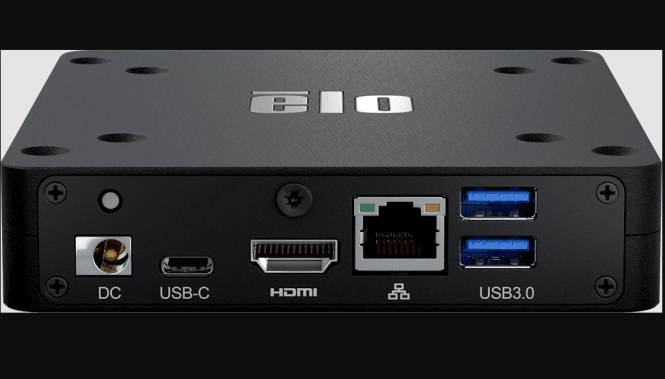Thin Client MiniPC Media Player and AIO Companies
Here is a list of thin client, miniPC, media player and AIO resources. Managed endpoints come to mind.
Historically Windows has been the primary OS for “fat” desktop client but these days Android and Linux have made serious inroads due to reliability, patch management and cost. Microsoft has responded with new lower cost licensing costs (for lower power CPUs)
The primary providers that we highlight are:
- LG Business — thin clients
- POSBANK
- TouchPay Bill Payment Kiosks
- Pyramid Computer – embedded computing
- SiteKiosk – lockdown software
- Insight Touch – computer hardware
- Actineon
Asia (China and Taiwan)
- Giadatech digital signage media players
- HYSTOU – top mini-PC manufacturer
- Centerm – thin client embedded
- Minix – embedded
- Newsmay – mini-PC
- NEXCOM International — embedded computing — nexcom 2025-IPS-Brochure-compressed
Our Thin Client Mini-PC Media Player Database List

